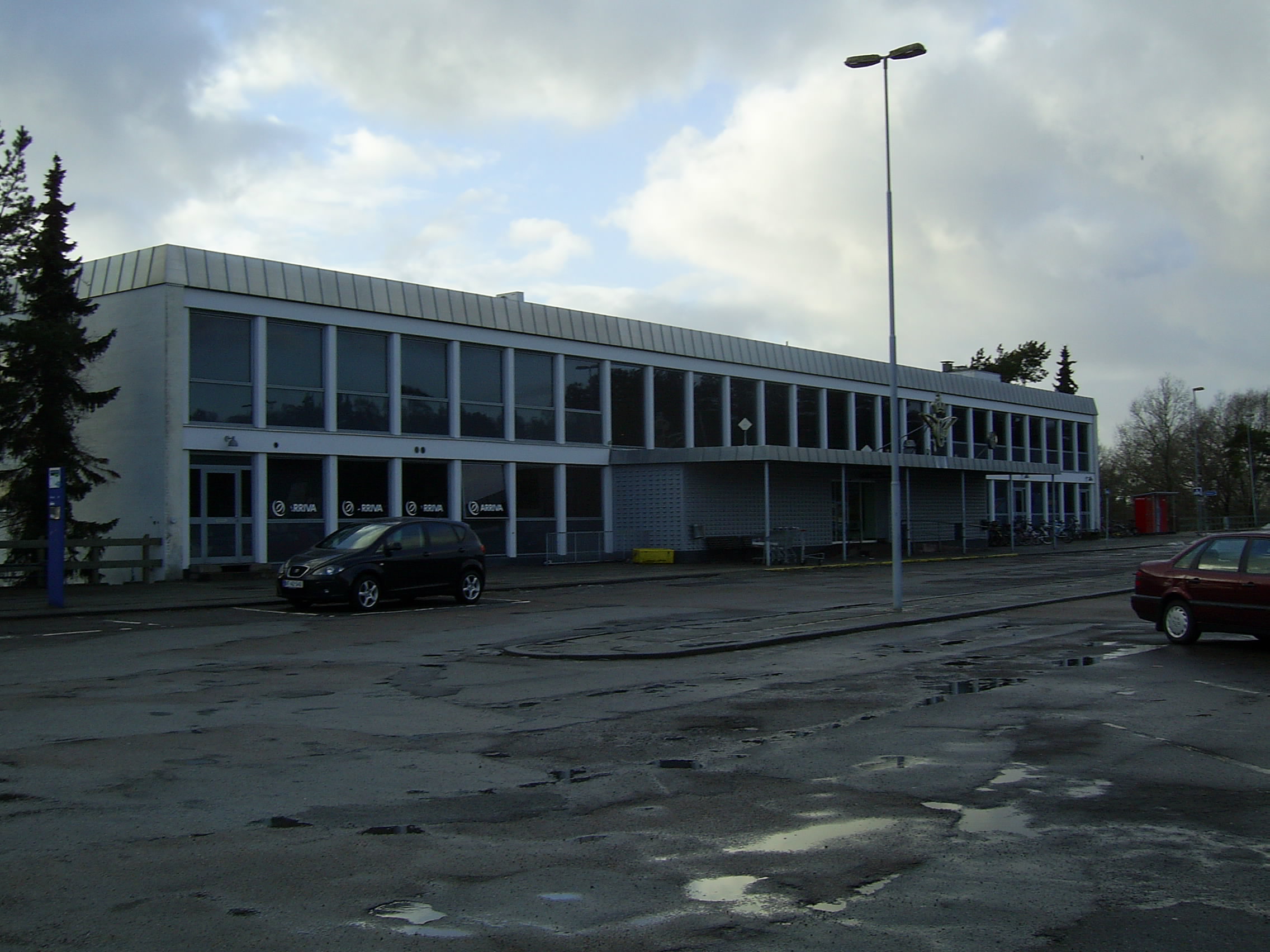|
Skive Airport
Skive Airport is a regional private jet airport in Skive, Denmark Skive is a town in Skive municipality (Danish language, Danish, ''Skive Commune (subnational entity), Kommune'') in Region Midtjylland at the base of Salling Peninsula, a part of the larger Jutland peninsula in northwest Denmark. It is the muni .... References Airports in Denmark Buildings and structures in the Central Denmark Region Transport in the Central Denmark Region {{Europe-airport-stub ... [...More Info...] [...Related Items...] OR: [Wikipedia] [Google] [Baidu] |
Skive, Denmark
Skive is a town in Skive municipality (Danish language, Danish, ''Skive Commune (subnational entity), Kommune'') in Region Midtjylland at the base of Salling Peninsula, a part of the larger Jutland peninsula in northwest Denmark. It is the municipality's main town and the site of its municipal council. The town of Skive is located at the mouth of the Karup River (''Karup Å'') and the Skive Fjord, part of the Limfjord. Skive has a population of 20,190 (1 January 2022).BY3: Population 1. January by urban areas, area and population density The Mobile Statbank from Statistics Denmark The sociologist Richard_Jenkins_(sociologist), Richard Jenkins used his field work in Skive as the basis for his book ''Being Danish: Paradoxes of Identity in Everyday Life''. Attractions |
Private Jet
A business jet, private jet, or bizjet is a jet aircraft designed for transporting small groups of people. Business jets may be adapted for other roles, such as the evacuation of casualties or express parcel deliveries, and some are used by public bodies, government officials or the armed forces. History Early developments The first small jet-powered civil aircraft was the Morane-Saulnier MS.760 Paris, developed privately in the early 1950s from the MS.755 Fleuret two-seat jet trainer. First flown in 1954, the MS.760 Paris differs from subsequent business jets in having only four seats arranged in two rows without a center aisle, similar to a light aircraft, under a large sliding canopy similar to that of a fighter. A U.S. type certificate was awarded in July 1958, but commercial sales were limited, with most examples going to the military; an improved civil version similar to a modern very light jet, with a 6-seat enclosed cabin and a conventional door, never proceeded past ... [...More Info...] [...Related Items...] OR: [Wikipedia] [Google] [Baidu] |
Airports In Denmark
This is a list of airports in Denmark, sorted by location. Denmark ( da, Danmark) is a Scandinavian country in Northern Europe and the senior member of the Kingdom of Denmark. It is the southernmost of the Nordic countries, southwest of Sweden and south of Norway, and bordered to the south by Germany. Denmark borders both the Baltic and the North Sea. The country consists of the large peninsula of Jutland (''Jylland''), as well as several hundred islands, most notably Zealand (''Sjælland''), Funen (''Fyn''), Vendsyssel-Thy, Lolland, Falster, Bornholm, and Amager. The capital and largest city of Denmark is Copenhagen (''København''), located on Amager and the east coast of Zealand. Airports Airport names shown in bold have scheduled passenger service on commercial airlines. See also * List of airports in the Faroe Islands * List of airports in Greenland * List of the largest airports in the Nordic countries * Royal Danish Air Force * Transport in Denmark * List of airp ... [...More Info...] [...Related Items...] OR: [Wikipedia] [Google] [Baidu] |
Buildings And Structures In The Central Denmark Region
A building, or edifice, is an enclosed structure with a roof and walls standing more or less permanently in one place, such as a house or factory (although there's also portable buildings). Buildings come in a variety of sizes, shapes, and functions, and have been adapted throughout history for a wide number of factors, from building materials available, to weather conditions, land prices, ground conditions, specific uses, prestige, and aesthetic reasons. To better understand the term ''building'' compare the list of nonbuilding structures. Buildings serve several societal needs – primarily as shelter from weather, security, living space, privacy, to store belongings, and to comfortably live and work. A building as a shelter represents a physical division of the human habitat (a place of comfort and safety) and the ''outside'' (a place that at times may be harsh and harmful). Ever since the first cave paintings, buildings have also become objects or canvasses of much artis ... [...More Info...] [...Related Items...] OR: [Wikipedia] [Google] [Baidu] |


